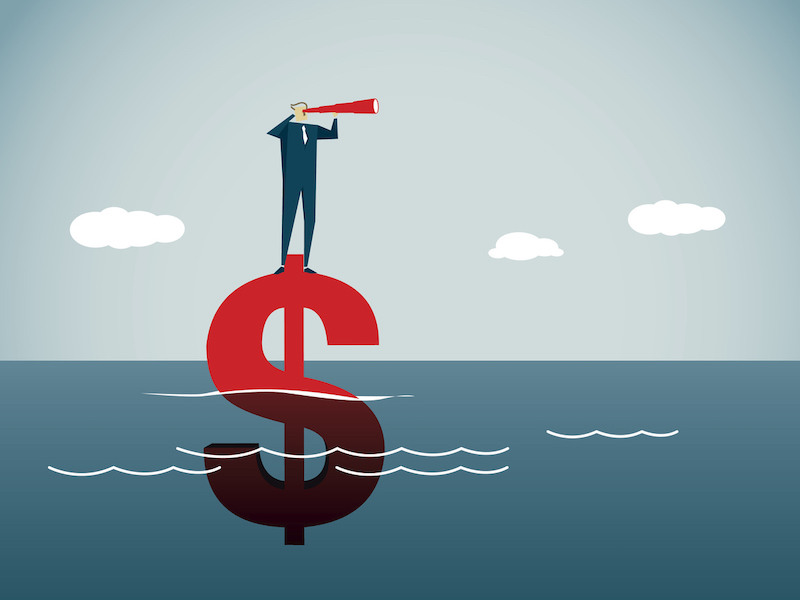
The economy’s ability to grow coming out of the pandemic isn’t as hobbled by Covid-19 as the central bank first feared, a top Bank of Canada official said.
Deputy governor Timothy Lane said that’s because the country quickly embraced digital tools such as videoconferencing for remote work and food delivery apps.
That shift should help the economy grow coming out of the pandemic without sparking a run on inflation, he said, noting the measure should hover around three per cent over the summer largely because of comparisons to rock-bottom prices from the same time last year.
But he also warned that the digital transformation that has buoyed the economy also brings challenges in its wake for companies struggling to find skilled workers and workers whose jobs are being replaced by technology.
Many of the jobs that may be displaced are those already affected the most during the pandemic, such as retail workers, are disproportionately held by women, young people, low-wage earners and racialized Canadians, Lane said in a speech to Advocis, an association of financial advisors.
That speaks to a need for policymakers, businesses and schools to work together to prepare students for jobs in the digital economy, he said, to put people and businesses in the best position to benefit as the economy improves.
How much help the economy will need from the central bank and for how long is shrouded in uncertainty, Lane said.
He said the technological shift is accelerating structural changes in the economy which makes it harder for the bank to gauge economic growth and when to address higher inflation levels.
“This has been such a huge and unusual shock that the economy has been through that there are quite large structural changes going on, in terms of which industries are going to do well after the pandemic … and what jobs are going to be available,” Lane told reporters after his speech.
“A lot of those things are going to condition both how the level of economic activity recovers, but also how inflation comes back.”
The bank kept its key policy rate on hold at 0.25% on Wednesday, which is where it has been since the onset of the pandemic last year.
The bank doesn’t plan to make any changes to its key rate until the economy recovers, which it currently expects to see in the second half of next year.
Statistics Canada reported last week that real gross domestic product grew at an annualized rate of 5.6% in the first quarter. The bank’s latest outlook forecast growth of 7% in the first quarter, and 3.5% in the second quarter.
Lane said the bank still expects growth this quarter will come close to its expectations, despite the loss of some 275,000 jobs over the last two months. The labour market setback should be temporary with vaccinations rates rising and lockdowns set to loosen, he said.
Lane said in his prepared remarks that the bank expects to learn more in the coming weeks about how the economy is bouncing back to inform decisions on its bond-buying program, which remains at about $3 billion per week.
CIBC senior economist Royce Mendes said that suggests further tapering of purchases could come as early as next month as long as the reopening of the Canadian economy marches ahead as expected.